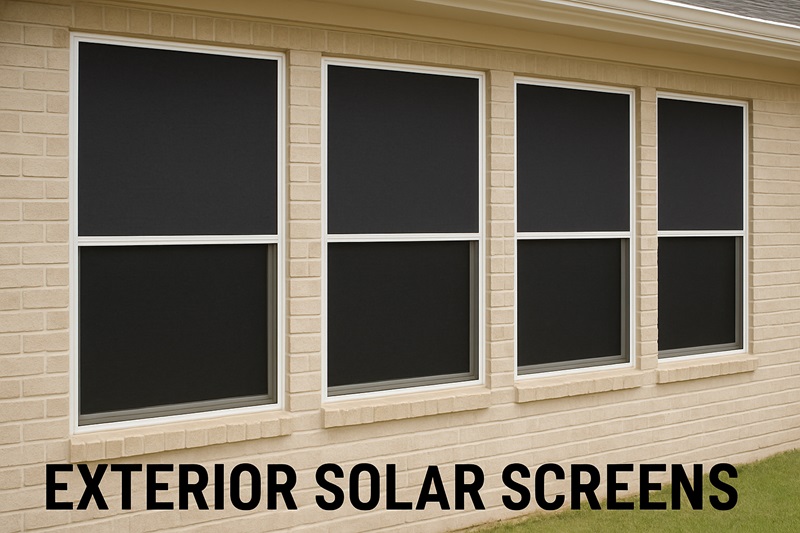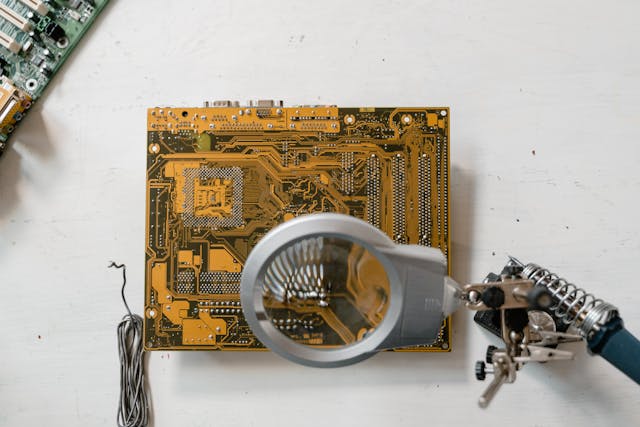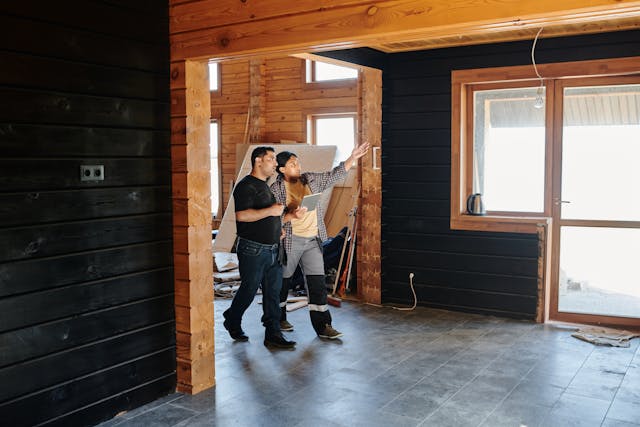Hot days push cooling costs up. Many people think the only fix is a new HVAC or more insulation. But there’s a simpler step: stop the heat before it enters.
Exterior solar screens are mesh or fabric shades fixed outside your windows. They block the sun’s rays before they touch the glass. By doing so, they can lower cooling use by 20–30% in the right conditions. For trusted installs, visit https://arrowheadsolarscreen.com/
Why They Work
Sunlight brings energy as light, heat, and UV rays. Once inside, that energy turns into heat. This makes your air conditioner work harder.
A solar screen stops that process early. It reflects, absorbs, and spreads the rays outside—before they pass through the glass.
Screens vs. Indoor Blinds
Indoor blinds and films only act after sunlight enters. By then, the heat is already inside. Solar screens block the gain outside. That means less heat gets in, and your cooling system does less work.
Real Energy Savings
How much can solar screens save? Many homes see cooling costs drop by 20–30%. In the best cases, savings can reach 25–35% during hot months.
The U.S. Department of Energy confirms this. Solar screens cut solar heat gain through windows, lowering the work your air conditioner must do.
The exact savings depend on your climate, window direction, and insulation. Hot, sunny regions see the highest gains. Cloudy or mild areas see smaller but still useful savings.
Key Factors That Shape Performance
Mesh Density
The weave of the screen matters. Tight mesh blocks more heat but reduces outside view. Loose mesh allows more light but less shading. Top screens block 80–95% of solar heat.
Window Direction
East and west windows get strong low sun in the morning and evening. Screens here give the biggest benefit. South-facing windows (north in the Southern Hemisphere) may need different balance for seasonal sun.
Installation Quality
Screens must fit well. Gaps let heat slip in. Retractable or adjustable models let you raise them when shade is not needed.
Window and Frame Type
If your windows are already insulated or low-E coated, the extra benefit is smaller—but still real. Screens also reduce glare and UV rays, cutting hot spots indoors.
How to Install Solar Screens
Start with the windows that get the most sun, especially west- and east-facing ones. Try a few screens first. Watch how your home feels and how much energy you save. Then add more if you like the results.
Pick screens made with UV- and weather-resistant materials. Custom sizes fit tighter and look better. Retractable or motorized systems give flexibility and style. Cleaning them now and then keeps dust away and performance high.
Challenges and Trade-Offs
Good solar screens can cost more at first. But many homeowners recover the cost through lower cooling bills. In cooler areas, fixed screens may block welcome winter sun, so retractable models work best.
Another factor is light. Darker screens save more energy but may dim your rooms. You might use more indoor lighting, which reduces some of the savings. Comfort and outside views matter too. Pairing screens with ventilation and insulation boosts efficiency even further.
Conclusion
Exterior solar screens are a simple way to cut cooling energy by 20–30%. They block heat before it enters, reduce stress on HVAC systems, and protect your interiors from UV damage. Results depend on climate, window direction, and mesh type, but the savings often make the cost worth it.




